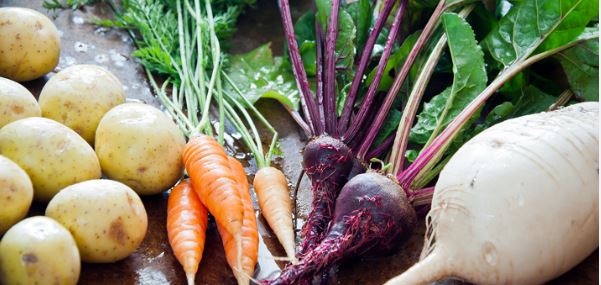Root Tuber and its Best Benefits 2024
Plants growing underground are called tubers. During the Stone Age, humans ate only fruits and tubers. Nowadays, however, it is customary to eat tubers only on fasting days or in salads. These tuber roots are rich in nutrients. which can give you quick energy. Many root crops like potato, sweet potato, carrot, beet, arvi, suran … Read more





